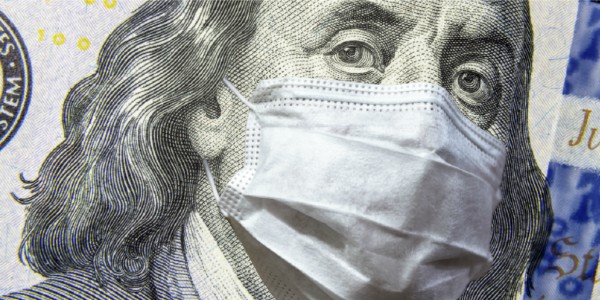Cost management has always been an aspiration of the U.S. healthcare system, and COVID-19 has had an immediate, and lasting financial impact to providers. While the true scope and depth of COVID’s impact is still unknown, the need to cut costs is evident. Providers are considering reductions of 10%, 15%, and even 25%. Financial leaders must consider how to endure the remainder of 2020 while charting their uncertain financial course for 2021. One thing is certain, RCM leaders will face intense cost cutting pressures and “making the cut” will be critical for success. RCM leaders need to manage their near-term costs against their long-term costs, or plainly stated – budget in survival mode.
Caylon Cannon

Recent Posts
As providers continue to struggle with the impacts and challenges of COVID19, they are also working to critically allocate available cash resources. To assist with this, some organizations are turning to financial models that help monitor their organizations' “cash clock” or cash burn rate. Healthcare leaders may be required to abandon conventional thinking to better align with today’s reality, or their organizations' “cash doomsday” will arrive much sooner than their models may suggest.
President Trump presented guidelines last week for U.S. states to emerge from a shutdown in three stages, and providers should begin planning their continuum of health services now. This is because much like a large train, the U.S. economy will have jumps and lunges as the engine is “restarted”. Likewise, the reinstatement of elective procedures will be uneven and possibly create added pressure on an already stressed system. The impact of pent-up demand must be considered, anticipated, and planned for. Considering which services, and when to offer them, will be essential for achieving future success.
5 Ways for Healthcare Providers to Find Cash While Fighting COVID-19
Providers across the healthcare continuum are facing an unprecedented event in COVID19 and that event is straining many, if not most provider’s cash totals. The reductions are the result in a drop in their elective procedures (some providers are reporting 50% to 70% revenue loss), the surge in supply and labor costs to fight the virus, and/or other unforeseen negative influences. The fact is providers are burning through cash, so here are a few ideas to find some:



